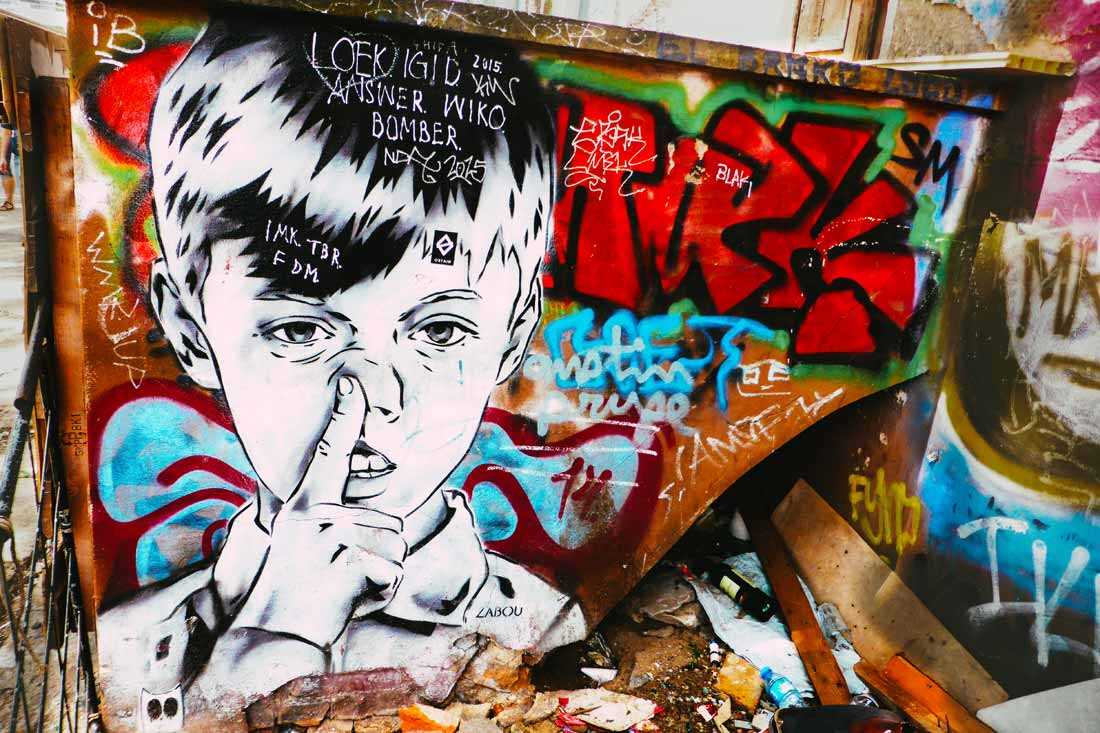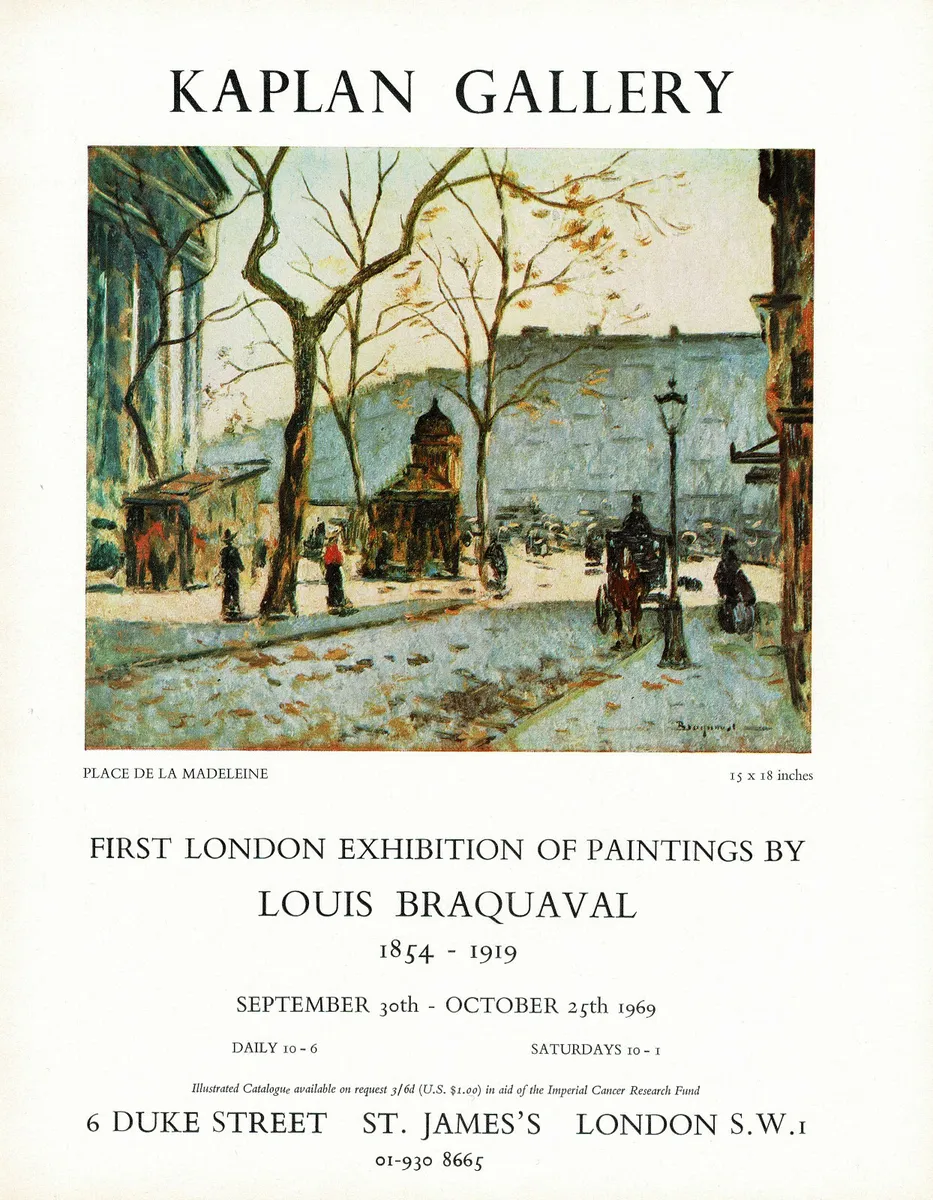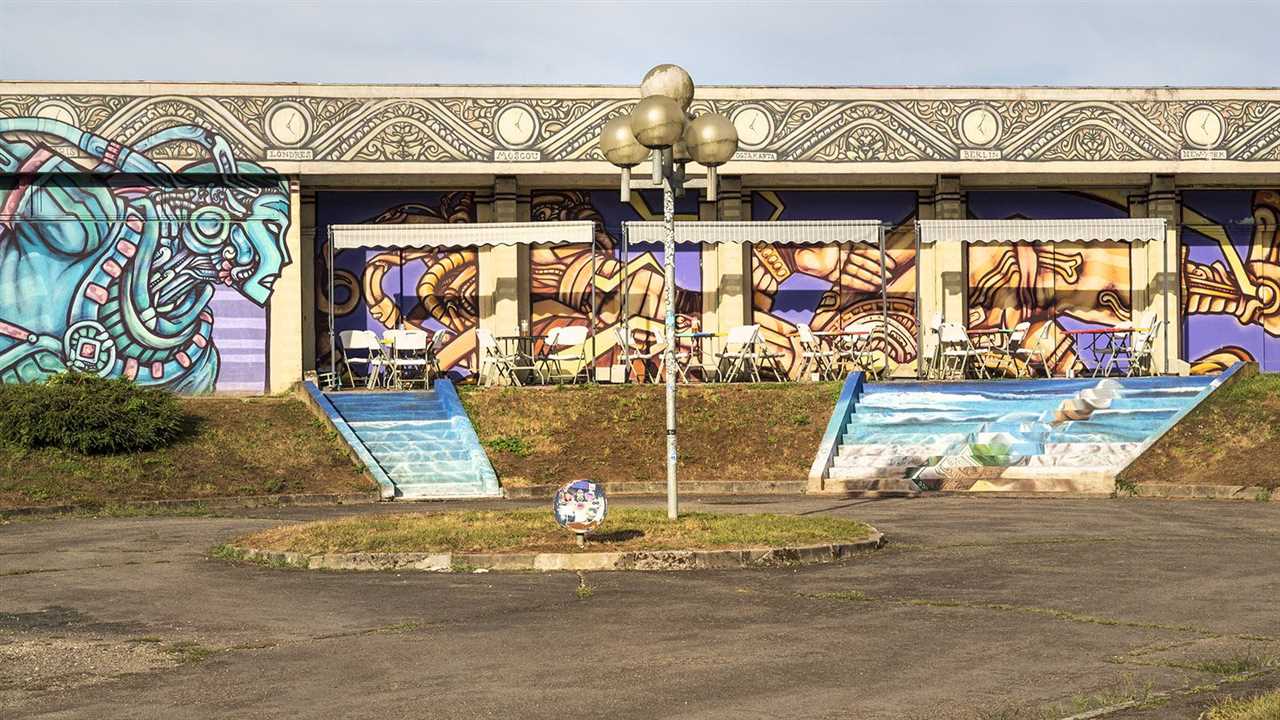
Berlin, the vibrant capital of Germany, is renowned for its rich history, diverse culture, and thriving art scene. One form of art that has flourished in the streets of this dynamic city is urban art. Through street art and murals, Berlin has become a canvas for artists to express their creativity and bring life to the urban landscape.
Walking through the streets of Berlin, you can’t help but be captivated by the colorful and thought-provoking artworks that adorn the walls. From large-scale murals to smaller, intricate pieces, the city has become an open-air gallery that showcases the talent and imagination of local and international artists. Every artwork tells a story, conveying a powerful message or reflecting the artist’s perspective on social, political, and cultural issues.
What makes urban art in Berlin truly unique is its democratic nature. Unlike traditional forms of art that are confined to galleries and museums, street art and murals are accessible to everyone. They break down the barriers between the artist and the audience, inviting people from all walks of life to engage with and interpret the artworks in their own way. It’s a form of expression that belongs to the streets, to the people, and they become an essential part of the city’s identity.
Moreover, urban art in Berlin is constantly evolving, reflecting the city’s ever-changing spirit. Artists from around the world flock to Berlin to contribute to its vibrant urban art scene, constantly adding new layers to the city’s creative tapestry. It’s a testament to Berlin’s inclusive and welcoming atmosphere, where artists can freely express themselves and experiment with different styles and techniques.

Berlin has long been a hub for artistic expression and creativity, with a vibrant street art scene that has evolved over time. The city’s history of urban arts can be traced back to the 1980s, when the Berlin Wall divided the city and served as a canvas for protest and political expression. Artists from around the world flocked to Berlin to take part in this unique form of artistic expression.
As the political climate in Berlin changed in the early 1990s, so did the art scene. The fall of the Berlin Wall marked a new era of artistic freedom, and the once divided city became a playground for artists to experiment and push boundaries. The streets became a gallery, with murals and graffiti adorning buildings and walls throughout the city. This period saw the emergence of graffiti crews, who would travel the city’s subway lines and tag their art in hidden corners.
As the years went by, the urban art scene in Berlin continued to evolve. Street art became more accepted and commissioned murals started to appear on public and private buildings. Artists from around the world were invited to create large-scale murals, bringing new styles and ideas to the city. The street art scene became an integral part of Berlin’s cultural identity, with guided tours and exhibitions dedicated to showcasing the diverse range of urban art.
Today, Berlin remains a hotbed for urban arts, attracting artists and admirers from all over the world. The city’s streets are alive with vibrant murals, stencils, and wheat-pastes, each telling its own unique story. The urban arts scene in Berlin continues to evolve and adapt to the changing times, with new artists emerging and pushing the boundaries of what is possible. Whether it’s political commentary, social critique, or just a burst of color, the urban arts in Berlin continue to captivate and inspire.
| Key Points |
|---|
| Berlin’s urban art scene has a rich history that dates back to the 1980s |
| The fall of the Berlin Wall marked a new era of artistic freedom and experimentation |
| Street art became more accepted and commissioned murals started to appear |
| Today, Berlin’s urban arts scene continues to attract artists and admirers from around the world |
The Cultural Impact of Urban Arts

Urban arts, such as street art and murals, have a profound cultural impact on cities like Berlin. They contribute to the city’s unique identity and help to create a sense of place and community.
One of the most significant cultural impacts of urban arts is their ability to challenge traditional notions of art and break down barriers between high and low art. Street art and murals are often created by artists who may not have formal training, and their work can be found in unconventional spaces such as abandoned buildings and alleyways. This democratization of art allows for a wider range of perspectives and voices to be heard, and it encourages engagement and participation from the local community.
Engagement and Empowerment of Marginalized Communities

Urban arts also play a crucial role in engaging and empowering marginalized communities. Street art can give a voice to those who are often overlooked or marginalized in society. Artists use public spaces as a canvas to express their thoughts, feelings, and struggles, shining a light on important social issues. For example, artists may create murals that raise awareness about homelessness, gentrification, or racial inequality. By bringing these issues to the forefront, urban arts can help to spark conversations and inspire positive change.
Preservation of Cultural Heritage

Another cultural impact of urban arts is their ability to preserve and celebrate cultural heritage. Street art and murals can serve as visual representations of a city’s history, traditions, and values. In Berlin, for example, street art often reflects the city’s tumultuous past, including its division and reunification. The murals painted on the remnants of the Berlin Wall serve as powerful reminders of the city’s history and the resilience of its people.
Furthermore, urban arts can also preserve and celebrate the culture of specific neighborhoods and communities within a city. Artists may create murals that reflect the unique character and identity of a neighborhood, capturing its history, architecture, and local customs. This helps to foster a sense of pride and belonging among residents and encourages them to actively participate in the preservation and promotion of their cultural heritage.
- Urban arts challenge traditional notions of art and democratize the artistic space.
- Street art gives a voice to marginalized communities and raises awareness about social issues.
- Street art and murals preserve and celebrate a city’s cultural heritage.
- Urban arts foster a sense of place, identity, and community within a city.
Berlin’s Role as a Global Hub for Urban Arts

Berlin has established itself as one of the foremost cities for urban arts on a global scale. It serves as a melting pot for artists from all over the world, attracting both emerging talents and established figures in the urban arts scene.
One of the reasons for Berlin’s prominence in urban arts is its rich history of counterculture and political activism. The city has long been a center of resistance and alternative movements, providing a fertile ground for artistic expression. This history has shaped Berlin’s urban arts landscape, with street art being a powerful form of communication and a tool for political commentary.
The city’s unique urban environment also plays a significant role in fostering urban arts. Berlin’s abandoned buildings and empty spaces provide a canvas for artists to transform neglected areas into vibrant and engaging art pieces. The urban landscape of the city is constantly evolving and changing, allowing for the continuous creation and reinvention of street art and murals.
Street Art Districts

Berlin is home to several street art districts that showcase the city’s vibrant urban arts scene. The districts of Kreuzberg, Friedrichshain, and Prenzlauer Berg are particularly known for their concentration of street art and murals. These areas serve as open-air galleries, where artists are free to create and express themselves.
Festivals and Events

Berlin hosts various festivals and events that celebrate urban arts and bring artists together. The Berlin Mural Fest is one such event where local and international artists come together to paint large-scale murals across the city. This festival not only beautifies the urban landscape but also fosters cultural exchange and dialogue.
Overall, Berlin’s role as a global hub for urban arts is a testament to the city’s creative spirit and dedication to fostering artistic expression. Its unique history, urban environment, and thriving arts scene make it a destination for urban artists and enthusiasts from around the world.
Preserving and Supporting Urban Arts in Berlin

Preserving the vibrant and ever-changing urban arts scene in Berlin is vital to the city’s cultural identity. Street art and murals are not only forms of artistic expression but also important elements of the urban landscape.
One way to support urban arts in Berlin is through the creation of designated spaces for artists to showcase their work. These spaces can be outdoor walls or even abandoned buildings that are transformed into open-air galleries. By providing these spaces, artists have a platform to express themselves and the public can easily access and appreciate their art.
Furthermore, it is crucial to encourage collaboration between artists and the community. By involving local residents and businesses in the creation of street art, murals, and graffiti, the art becomes a shared experience and fosters a sense of ownership and pride in the neighborhood.
Preserving urban arts also means protecting existing street art from vandalism and destruction. Efforts should be made to raise awareness about the value and significance of these artworks, as well as implementing measures to prevent damage, such as anti-graffiti coatings or security cameras.
Another way to support urban arts is through funding. Art grants and sponsorships can provide financial assistance to artists, allowing them to continue creating and developing their skills. Organizations and government agencies can also invest in street art initiatives, such as festivals or exhibitions, to promote the art form and attract visitors to the city.
Lastly, education plays a crucial role in preserving and appreciating urban arts. By teaching young people about street art and its cultural significance, the next generation can carry on the legacy of urban arts and contribute to its growth and evolution in Berlin.

I am a mural enthusiast and a fervent admirer of street art. Rather than creating murals myself, I am passionate about collecting them. My love for street art knows no bounds. I am dedicated to curating and cherishing these artworks that grace the streets. My collection stands as a testament to my profound appreciation for this form of artistic expression.
read about me



